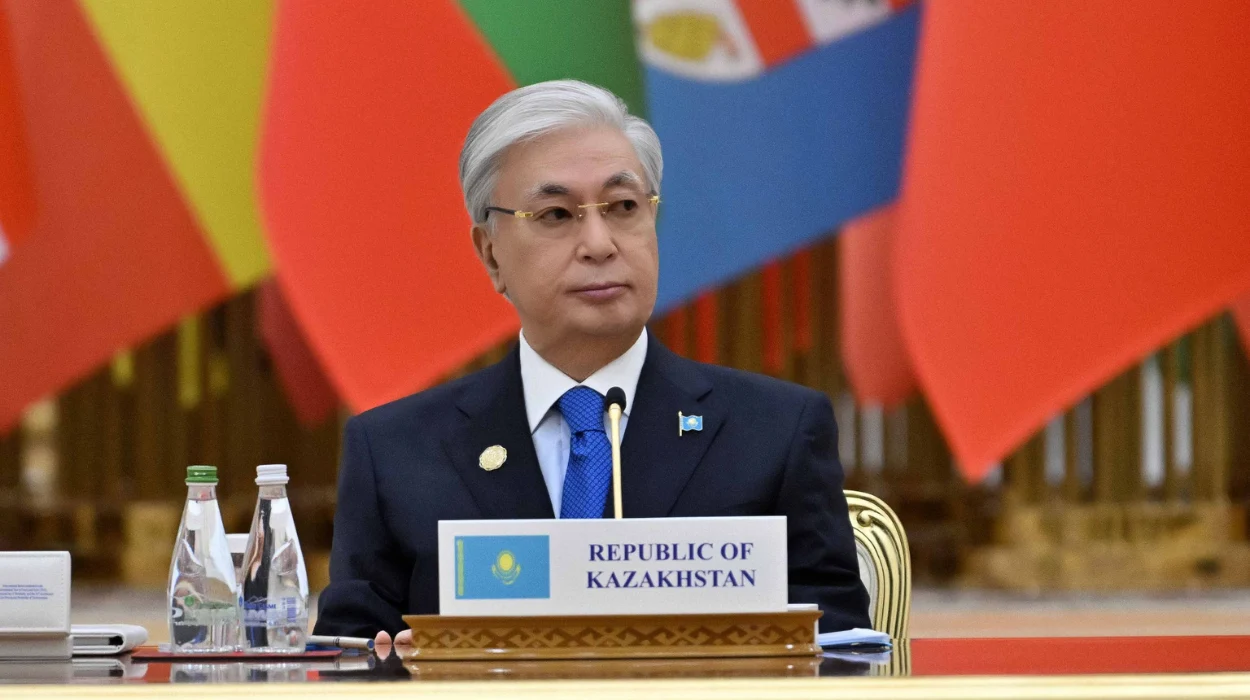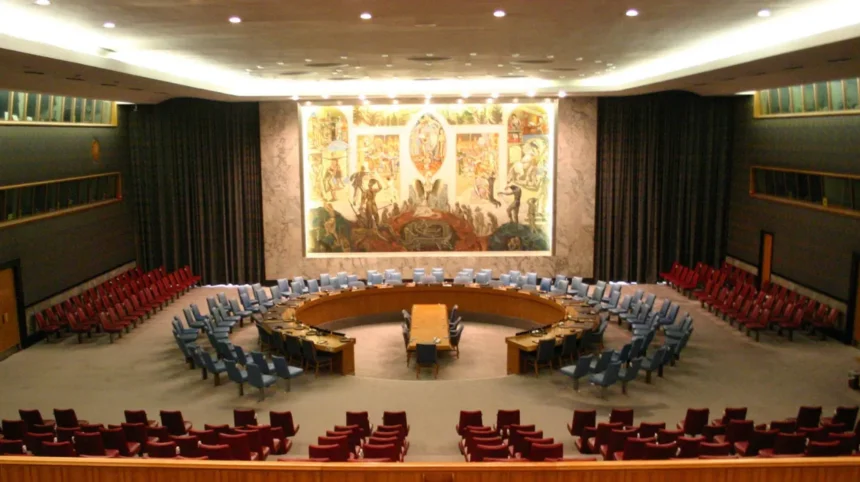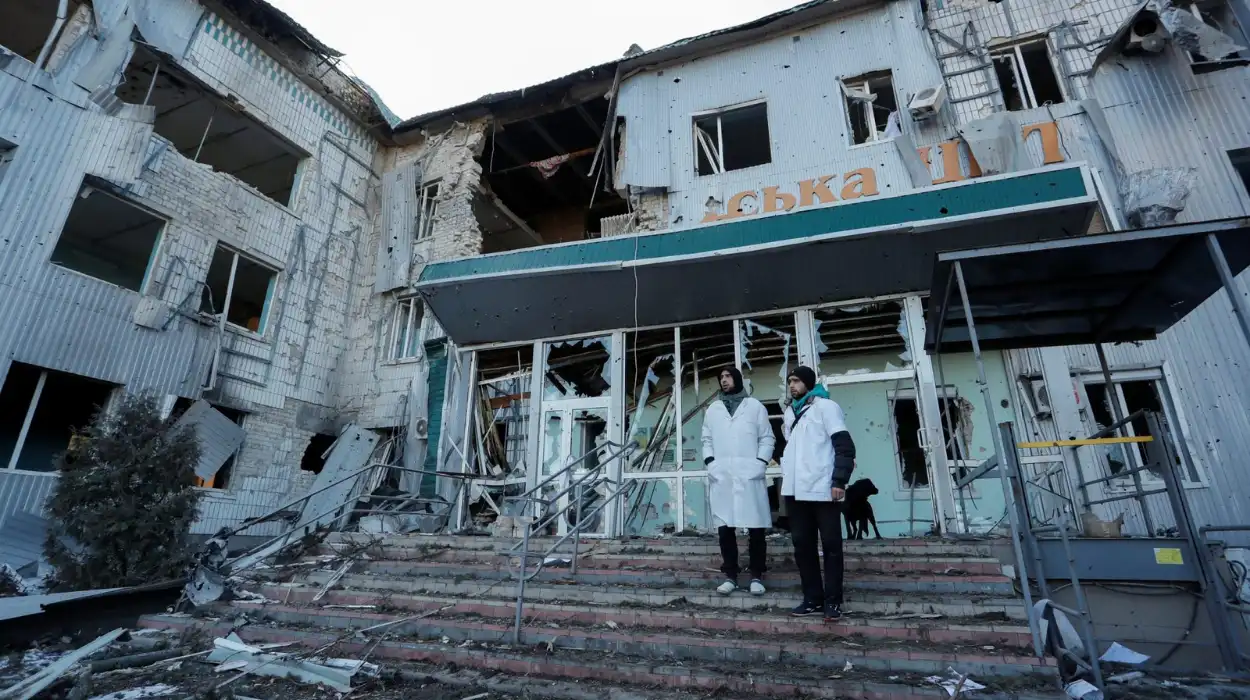The United Nations general assembly and security council have a common core mission of ensuring that there is peace and cooperation at an international level but they have a very uneven mandate. Although the votes in the GA have a moral and political significance, the decisions made by the Security Council have binding legal power only when it comes to Chapter VII of the UN Charter.
This disproportion represents the architecture of the UN in 1945, in which international stability supersedes all considerations by giving veto power to five permanent members to the Council. Even though the General Assembly is free to argue on a wide scope of issues that affect the world, structurally, the body is not in a position to dictate on issues relating to peace and security when the Council makes the claim of primacy.
In 2025, the disconnect was highlighted when a ceasefire was helped to be arranged in Ukraine. A resolution of the General Assembly was supported by 146 countries that demanded that hostilities be stopped. Yet Security Council actions aligned with them proved ineffective following the vote of permanent members, who reiterated that the structural incapacity of GA votes to have an impact in binding enforcement is apparent in situations where the geopolitical interests collide.
Power Asymmetry Within Global Governance
Veto is the largest tool that can protect the Security Council against the influence of GA. Any of the permanent members is able to block any action during the period even when it is supported in the General Assembly by almost all members. During the year 2025, there were floods of debate due to the veto with more blocked resolutions on Gaza humanitarian.
The arguments by smaller states and reform coalitions were that the veto weakens the international legitimacy and destroys the confidence on global law. However, the permanent members have justified it as a necessity to the national security interests and have proved that the systemic power still reigns supreme over the sentiment expressed by the majority using the votes of GA.
The Limits Of GA Recommendations
The General Assembly mechanism of Uniting for Peace has traditionally allowed the collective action in the event of a gridlock in the Council, however, they are not binding. In the absence of authority to enforce or any mandatory compliance, they are mostly diplomatic signals as opposed to policy instruments. Governments can use them as a political legitimacy tool, but it is applied by voluntary cooperation.
Geopolitical Pragmatism Over Normative Consensus
Resolutions of the General Assembly are often the outpouring of the world sentiment, but strategic alliances, defense alliances, or even the security of their resources often take precedence over multilateral guidance by states. The consensus in the GA is the voice of humanity; consensus in the Council is the will of power, as one of the African diplomats noted in the 2025 High-Level Week.
How Regional Groups Attempt To Mediate Influence?
The Non-Aligned Movement still organizes voting blocs in order to enhance the voice of the developing-world. In 2025, NAM put forward the call to coordinate to act on the reconstruction of Sudan onto the diplomatic stage. Nevertheless, the initiative did not change the setting of the agenda in the Security Council, which demonstrates how the symbolic over operational power of GA votes influence the formation of the security policy.
The European Union’s Multilateral Strategy
The European Union often employs the GA to promote normative uploads, including its 2025 plan on AI regulation and autonomous weaponry danger systems. Although these initiatives were effective in the process of formulating discourse, implementation still had to go through Security Council approval, which means strengthening the hierarchical hierarchy of power in the UN.
African And Latin American Reform Advocacy
In 2025, African and Latin American states called even louder to reform the Council, both in terms of representation and the restrictions on the use of veto. Their plan of a model of a Council of Regions was a new thrust towards a fair decision-making process. Nonetheless, the institutional opposition against redistributing institutional power blocked momentum, signifying Charter amendment requirements and permanent-member opposition.
Soft Power, Legitimacy, And Symbolic Authority
The General Assembly is very instrumental in setting global norms. There are various ways of isolating states diplomatically and shaping narratives along with moral direction, which can be accomplished by GA votes. At the start of 2025, the resolution of the Assembly on the condemnation of the use of mercenaries added to the international discussion of the possibility of controlling the work of the private military, even without any binding measures.
However, the working of legitimacy is unequal. The GA is a representation of international democracy and the Security Council represents sovereign authority. This strain gives the Assembly authority of morality and limits its usefulness in coercive diplomacy. Its resolutions have symbolic reverberations but can be ineffective material implications that introduce a disconnection between aspirational politics and binding decisions.
Attempts To Bridge The Divide In 2025
The mid-1000s Informal joint presidents of both the General Assembly and the Security Council started having informal joint briefings after controversial GA votes. The project set up to enhance coordination in humanitarian crisis and sanctions deliberations.
Even though communication improved during these sessions, it did not change the results in high-stakes disputes like Gaza, Ukraine or maritime security in the Red Sea. Members of the council still held institutional autonomy, and were wary of reforms that might lead to the watering down of veto power.
Norm-Setting As Indirect Influence
The 2025 Global Digital Ethics Compact revealed the indirect control of the GA on the Council processes. The debate on risks posed by autonomous defense technologies in the Security Council, which is initiated in the Assembly, takes the shape of a compact. Although the dilution of provisions was done, the GA established the conceptual foundation, emphasizing the influence as agenda making and not as authority by the vote.
Persistent Resistance To Structural Reform
The policy advisory unit of the Secretary-General proposed a mechanism in which the recommendations of the GA were pegged to obligatory Council review mechanisms. However initial diplomacy reacted with hesitation, especially on the part of permanent seats that feared that procedures would interfere with the autonomy of the Security Council.
The Enduring Logic Of Selective Enforceability
Such weak impact of GA votes is part of underlying international-system logic: the state and the concentration of power defines power over the enforcement. UN is still an arena of voluntary co-operation, and the strength of the Council is dependent on great-power coherence and not the globalization.
The votes of the General Assembly serve as a historical one, tracing the political and moral will of the countries. In the meantime, the decisions of the Security Council are still subject to geopolitical calculations and national interest.
With the UN debates heating up in 2025 and structural reform stuck, the gap between what is morally agreed upon and what can be enforced shows one of the main realities of the world order: the world-most democratic international chamber has no power to act without the consent of those with veto power. The duration of this balancing act and the acceleration of reform pressures by expanding crises – is one of the defining questions of how multilateral legitimacy and international order are going to look like.









